Content Creator
Anyone who has ever tried to gain new energy, live healthier and perhaps even lose a few kilos through changing the diet knows that it is not so easy to continue with healthy eating habits in the long term.
You really want to succeed, and you have overcome the first hurdle, but in the end the plan fails after a few weeks of discipline.
To bolster you up and support you in your plan, you can find out everything you need to know about changing your diet and how to have long-term success.
What effects does changing your diet have?
To better understand what it is all about, you can compare your body to a car. Your food is the fuel, so to speak, and your digestion is the engine. If you keep filling up your car with garbage, it will eventually break down. Just as your car slowly loses power, your body will become slower and slower if you keep feeding it unhealthy foods.

What does healthy eating look like?
There is no generally valid definition for healthy eating. However, one thing is clear: your diet should be balanced.
It is called a balanced diet when the body is supplied with sufficient micro and macro nutrients. Anyone planning a change in his or her diet should therefore also have a rough idea of the basics of nutrition.
What are macronutrients?
Macronutrients include carbohydrates, protein and fat. They are the basic building blocks of our food and provide us with energy.
According to the Austrian Society for Nutrition, a healthy distribution of macronutrients is composed as follows:
- Carbohydrates: At least 50% of your daily calorie intake should consist of carbohydrates.
- Protein: The protein content should be 8-10% of the total calories consumed daily.
- Fat: The daily requirement of fat is about 30% of the total calories consumed.
It is also important to ensure that the macronutrients are obtained from good sources.
It is therefore best to cover your daily carbohydrate requirement with polysaccharides or complex carbohydrates such as vegetables, wholemeal products or the superfood oats. While these will fill you up for a long time and keep your blood sugar level constant, simple carbohydrates have exactly the opposite effect.
Concerning protein, plant-based and animal protein must be combined in a clever way. This make sure that the body is supplied with all important amino acids.
Regarding fat, you should take in as much of it as possible in the form of unsaturated fatty acids. These include omega-3 fatty acids, for example. However, you should avoid saturated fatty acids, as they raise your cholesterol level.
What are micronutrients?
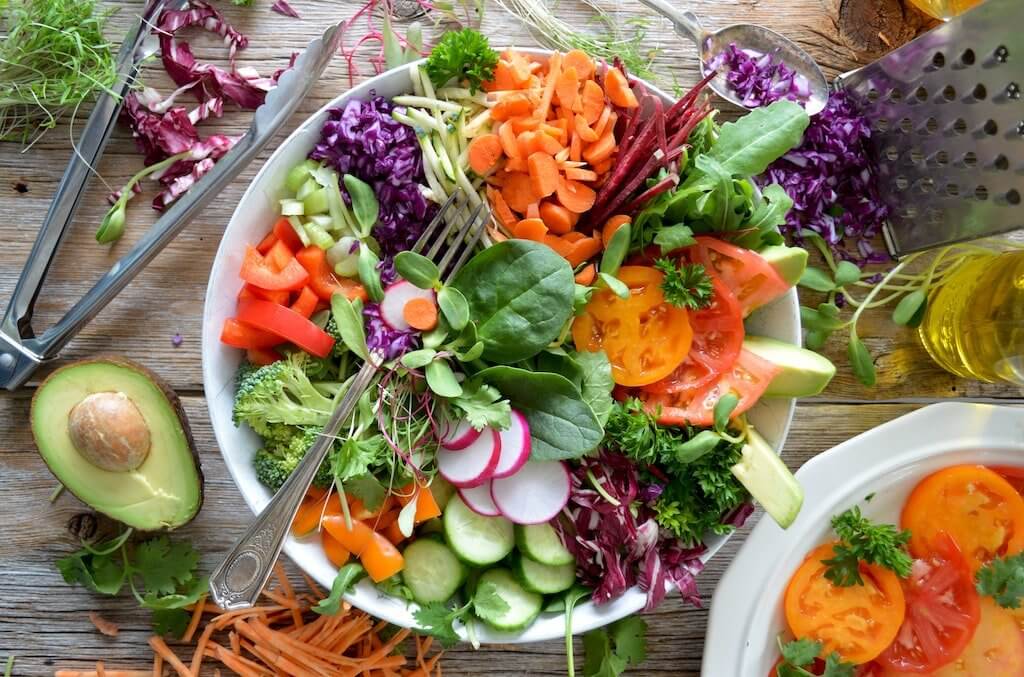
When we talk about micronutrients, we are talking about vitamins and minerals. They are essential for human life and should be taken in daily with food.
As they are mainly found in fruit and vegetables, the Society for Nutrition recommends eating at least 5 portions of fruit and vegetables a day. Specifically, this means 400 grams of vegetables and 250 grams of fruit.
How does it work to change a diet?
Although you may well lose weight when you change your diet, this is not actually the full reason behind it. It’s about gradually replacing foods with healthier alternatives and establishing healthy eating habits in the long run.
Before you start changing your diet, you should ask yourself why you want to eat healthier.
The bikini season is just around the corner, your Instagram feed is overflowing with pictures of healthy food, your colleague has just started her special diet, it is the beginning of a new year, … There are many reasons that motivate us to change our diet.
But the question is: Do you really want it? Really, really, with all the consequences?
There is no shame in admitting to yourself that the motivation tends to come from the outside and is not really present within yourself. In fact, it is honest and can save you a lot of frustration. Because if you don’t want to change your diet at all, you will probably find it difficult to implement your plan successfully.
If you know your goals and know for sure that you want to change your diet on your own initiative, then read on, because with our three steps you will create a solid basis for a long-term successful change in diet:
Step 1: Question your eating habits
The first step for successfully changing your diet is to become aware of your own eating habits and to question them.

Habits often become so routine that we no longer question them and recognize them as unhealthy.
Write down in the first step which foods you consume and in what quantities. Observe yourself for a few days and pay attention to small things. For example, how much sugar goes into your coffee? Do you “need” a chocolate bar after every meal? And what about lemonade?
This way you will discover what unhealthy eating habits you have gotten used to over time, and where you can find healthier alternatives.
Step 2: Set small goals
Even if you are now super motivated to change your diet and would like to get everything right immediately, take your time. Usually a too radical approach will quickly cause frustration and you will quickly fall back into old patterns.
Instead, set yourself small goals and gradually replace your usual food with healthier alternatives. Once you have achieved one goal and feel comfortable with it, you will move on to the next.
Review your eating habits from step 1 and think about how you can replace them by something healthier. Step by step you will find your way to a successful change of your diet.
For example, start by drinking lemonade only on weekends or try out a new, healthy recipe once a week.
Especially when it comes to a healthy breakfast, we can be help you. For example, how about our porridge with berry sauce as your first healthy breakfast recipe? As warm breakfast is already at the operating temperature of our body, it is considered easier to digest and therefore healthier. We also use only natural ingredients.
Porridge with berry sauce
Equipment
- Blender
Ingredients
- 50 g oat flakes
- 250 ml milk or a plan-based alternative
- A pinch of salt
- 1 tsp agave syrup
- 150 g berries (fresh or freeze-dried)
Instructions
- First, put the oat flakes in a pot with a pinch of salt and the milk or plant-based drink and let it boil up briefly. Stir briefly again and again.
- Then remove the pot from the oven and add the teaspoon of agave syrup.
- Then let the porridge steep for about 2-3 minutes.
- In the meantime, wash the berries well and then put them in a bowl and mix them with a hand blender or a normal blender.
- Then put the oatmeal in a bowl and add half of the pureed berries and stir well. Then pour the remaining berries over the porridge.
Nutrition
Step 3: Plan your meals
To prevent you from wandering aimlessly through the aisles while shopping, make a plan in advance.
Think about what you want to eat next week and shop accordingly. To make it easier for you, it helps to make a meal plan. Fill in your planned meals and the food you need for them, and you will have a shopping list. To make this step easier for you, we have created a template for the weekly plan, which you can download here:
Do not forget to include delicious, healthy snacks.

When planning your meals, it is important to find new, healthy alternatives to your usual foods week after week or to discover completely new dishes.
Our table below should give you some ideas about the foods you can gradually replace with healthier options:
| Food | Healthy alternative |
| Sweetened breakfast cereals, chocolate pops, cornflakes, sweetened muesli | Muesli and porridge without added sugar |
| Wheat noodles | Wholemeal noodles, zucchini noodles, noodle alternatives from legumes such as lentils or chickpeas |
| White rice, couscous | Millet, quinoa, wild rice |
| Froes, croquettes, fried potatoes | Baked potatoes, cooked potatoes |
| White bread and pastries, croissants | Wholemeal and spelt pastry and bread |
| Lemonade, fruit juice | Freshly squeezed juice, lemon water, fruit tea without sugar |
| Milk chocolate | Dark chocolate |
| Chips, popcorn, salt sticks | Vegetable sticks |
| Ice Cream | Frozen Yoghurt, Nicecream |
| Whole milk | Skimmed milk, plant-based drinks |
| White sugar | Birch sugar, coconut blossom sugar |
| Salami, bacon | Turkey breast, smoked ham |
| Fish fingers, herring, mackerel | Steamed fish, pollack |
Also make sure to include fresh and unprocessed food in your diet. The more processing steps are necessary for a product, the more additives and flavour enhancers it contains.
Processed products, which at first glance appear healthy, often contain preservatives, colorants, preservatives and stabilizers.
Recommended articles
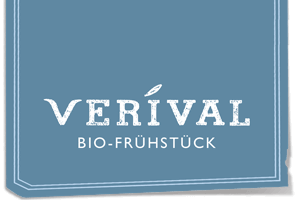





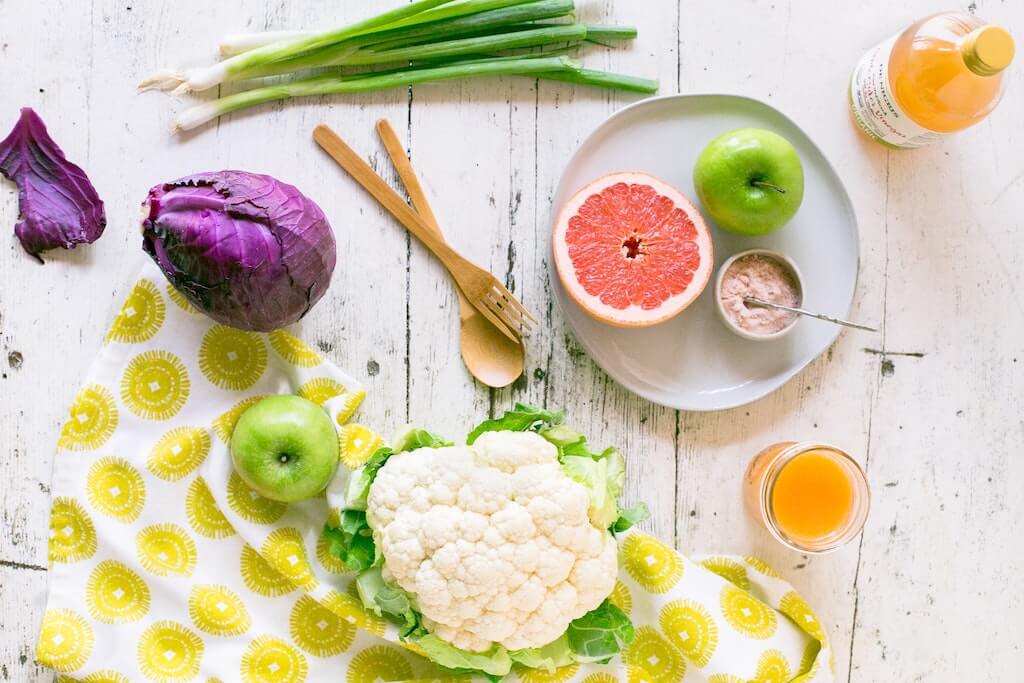
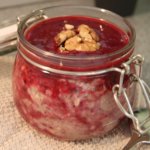
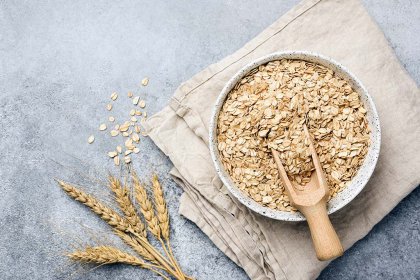
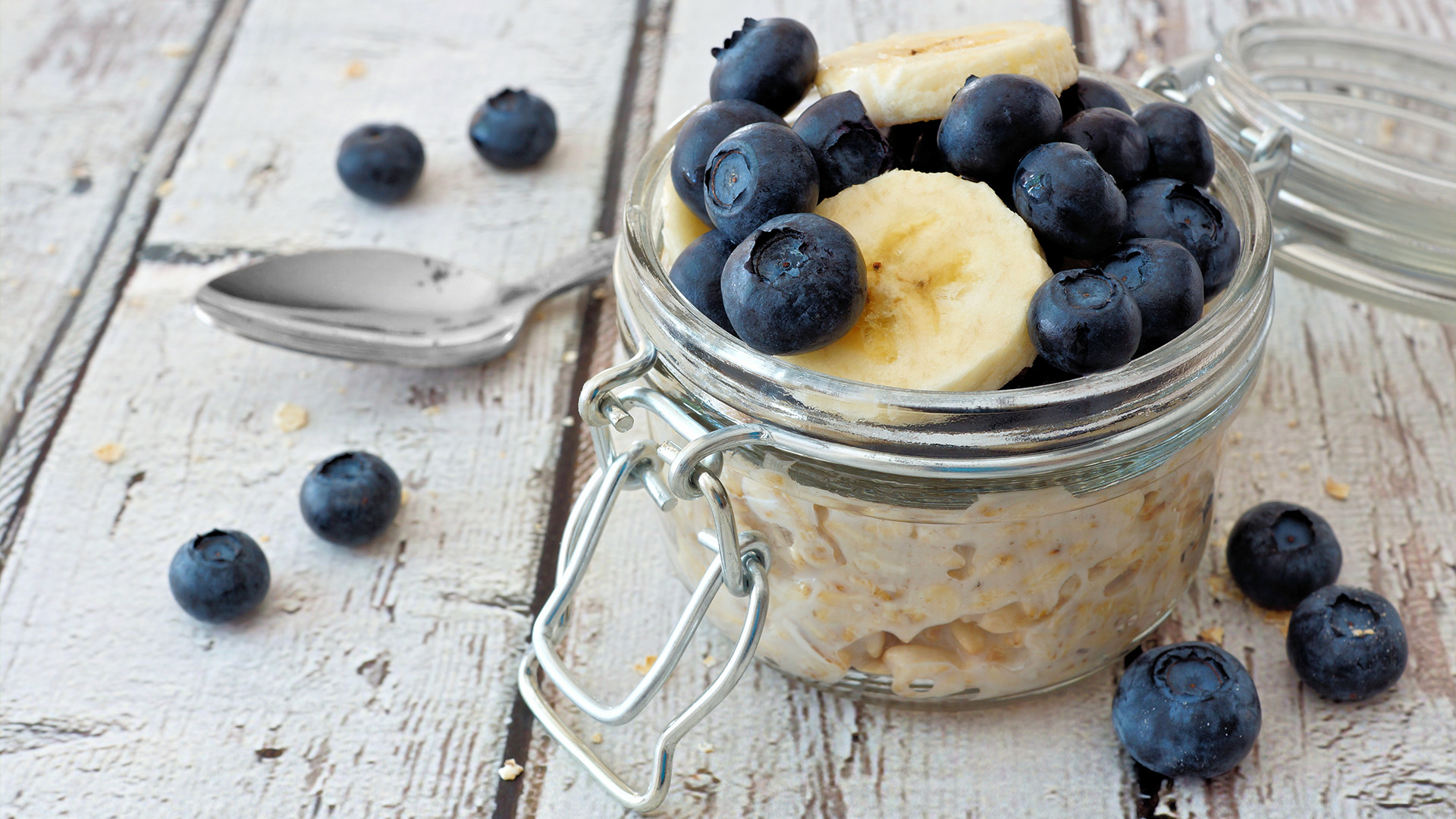
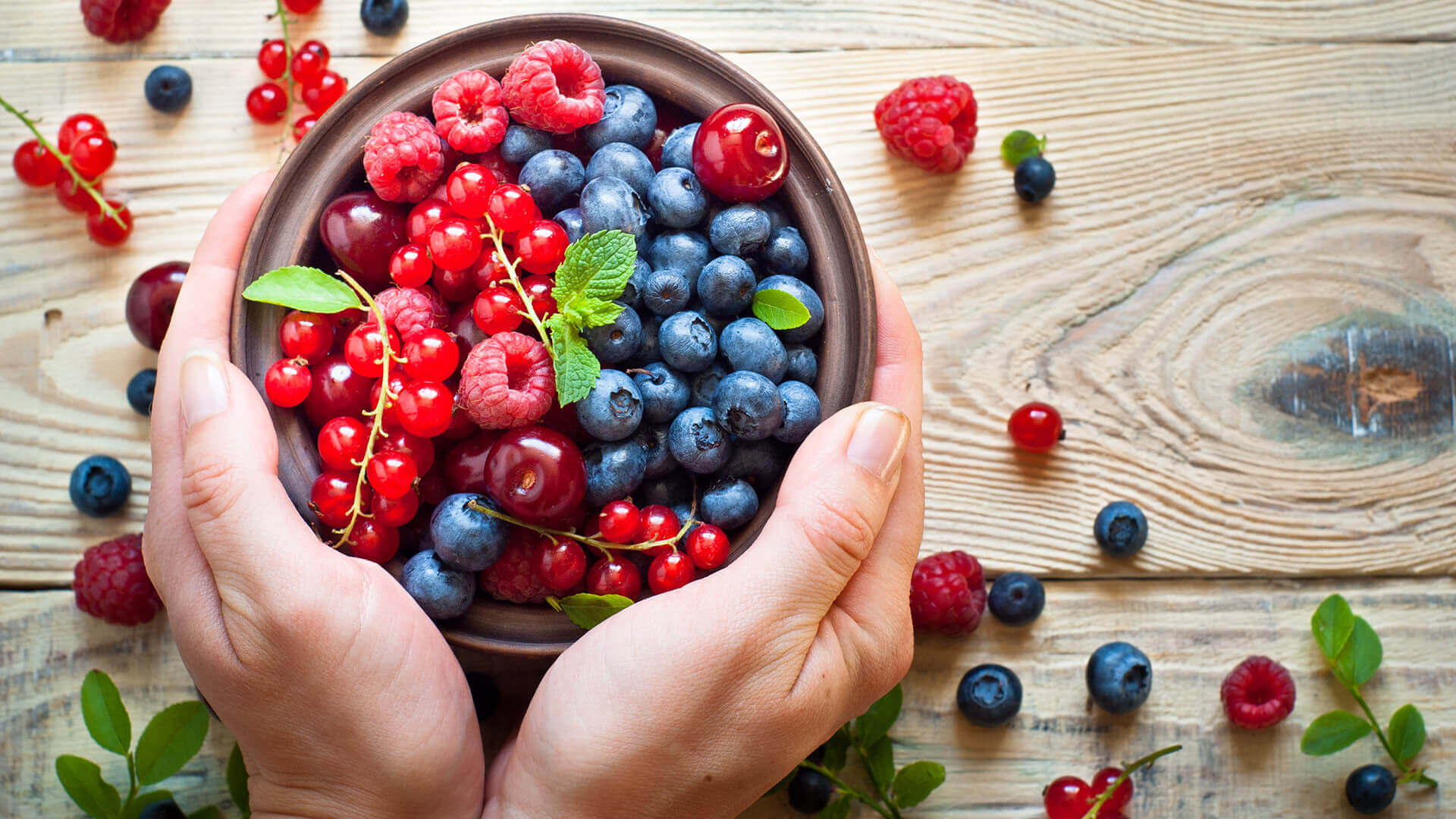
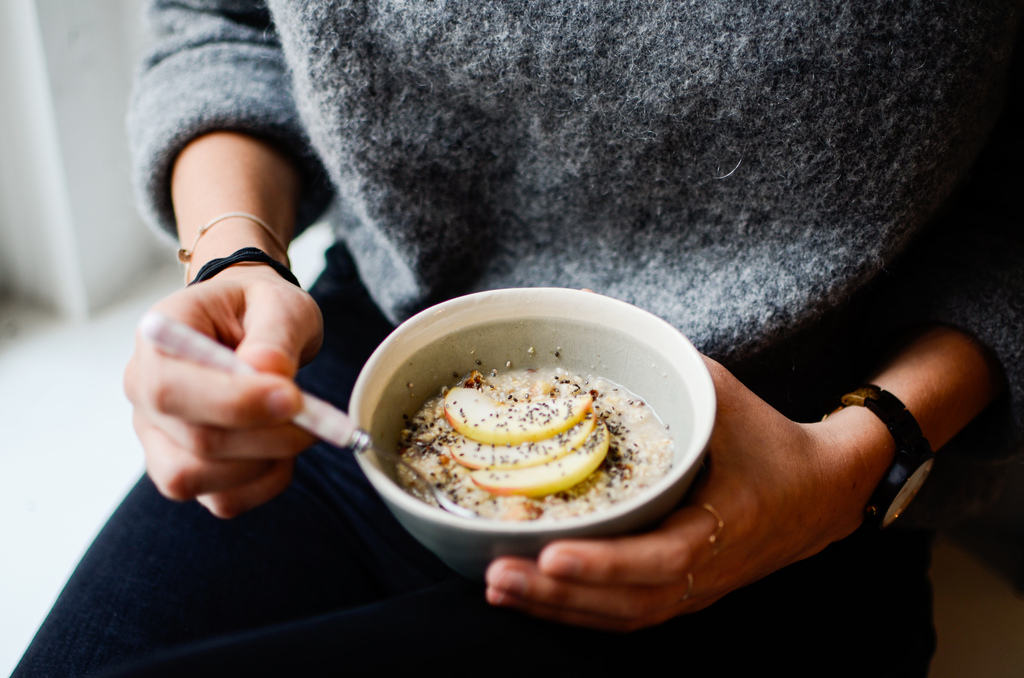
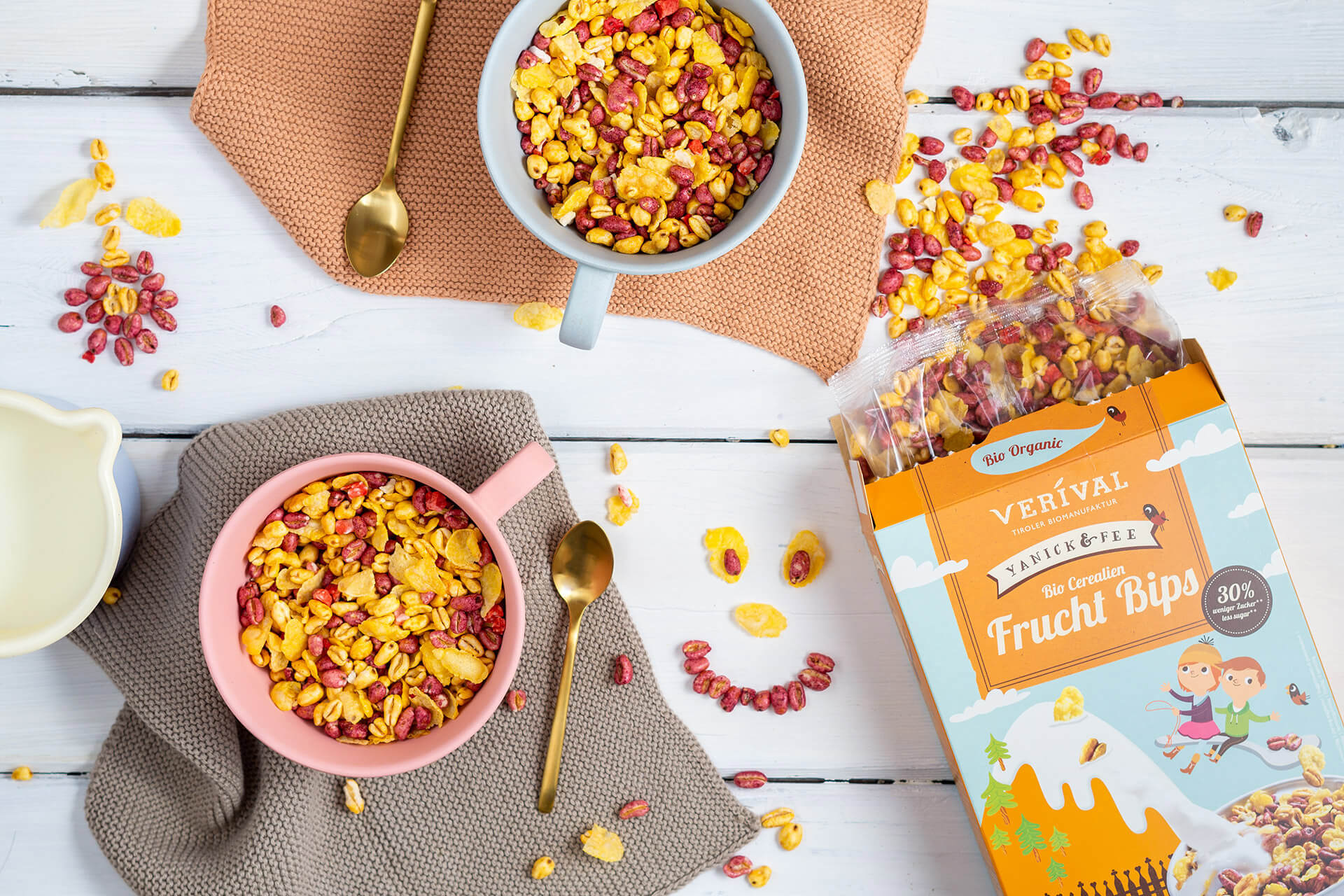
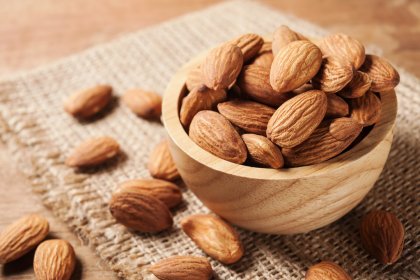
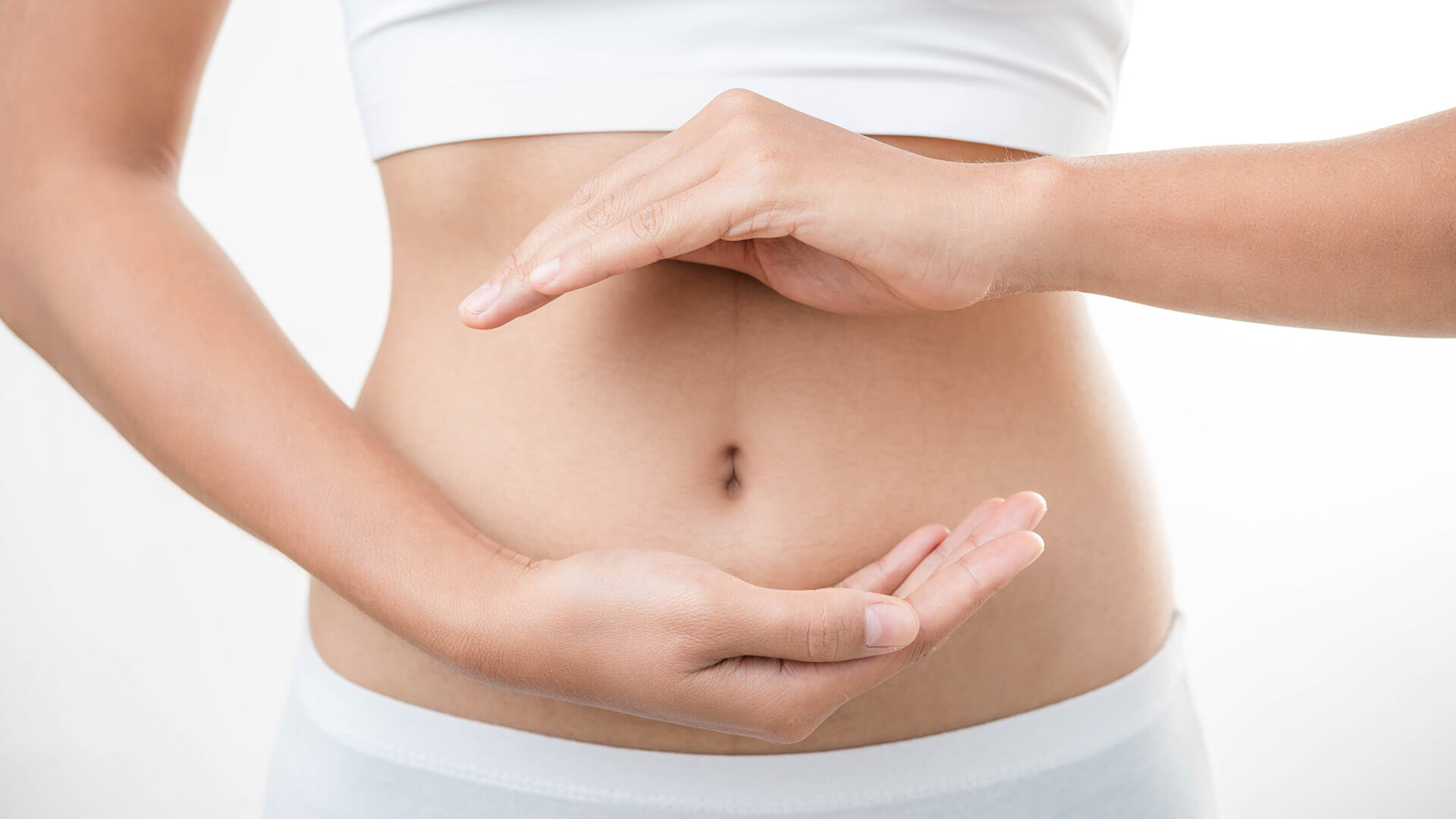
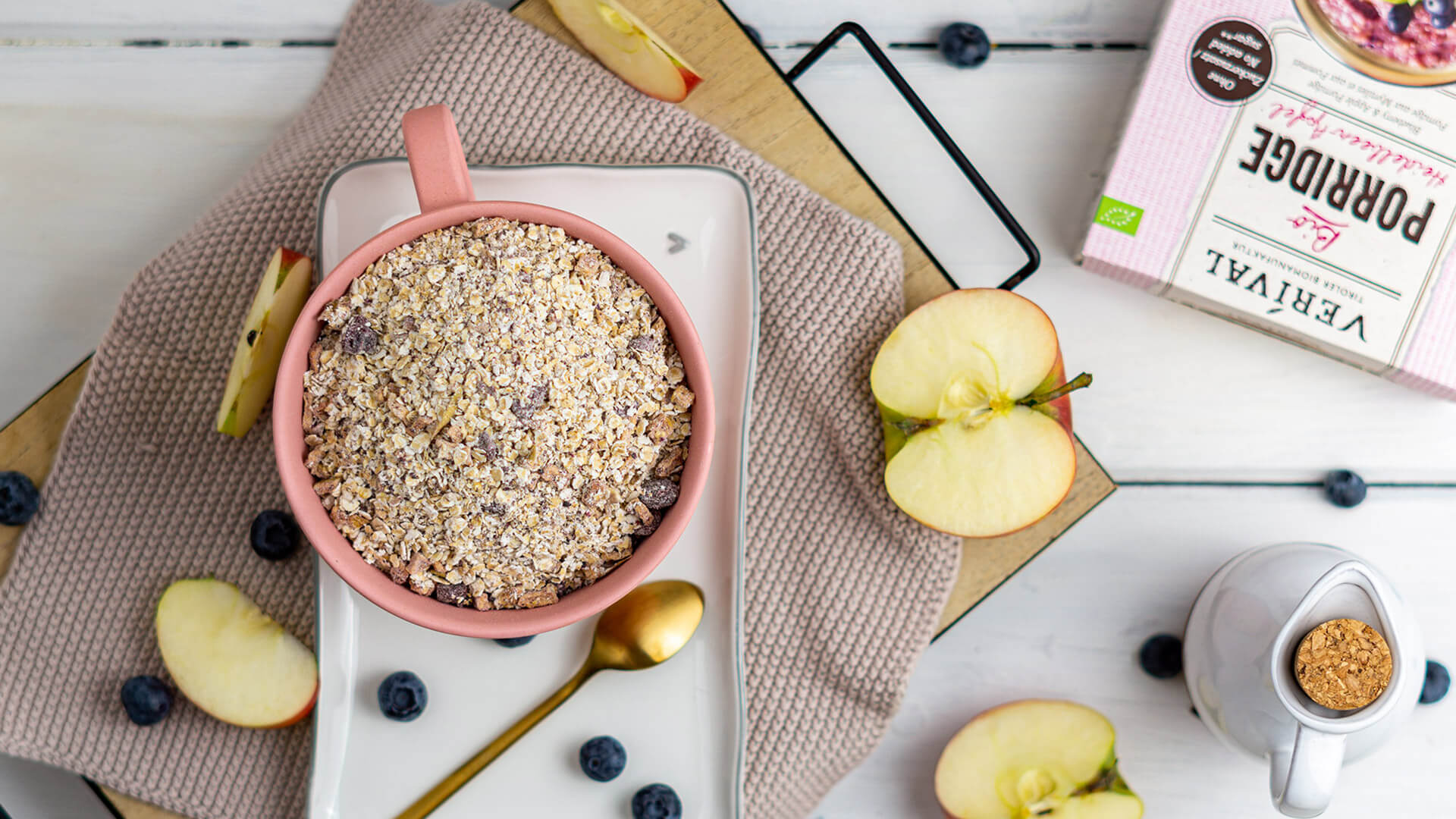
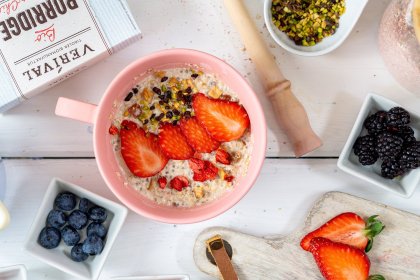
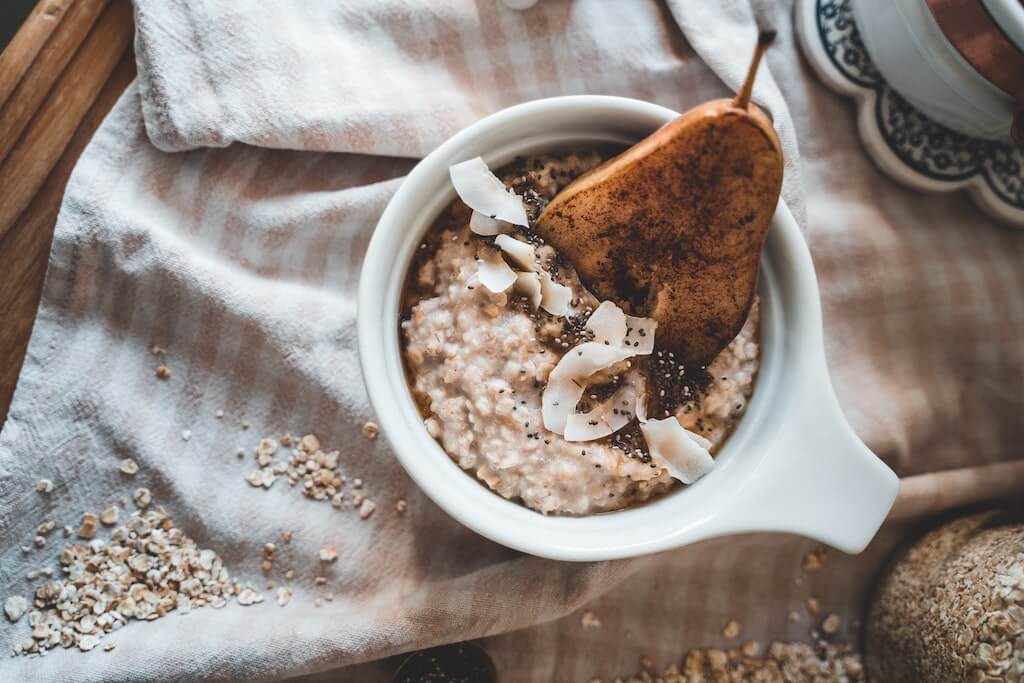
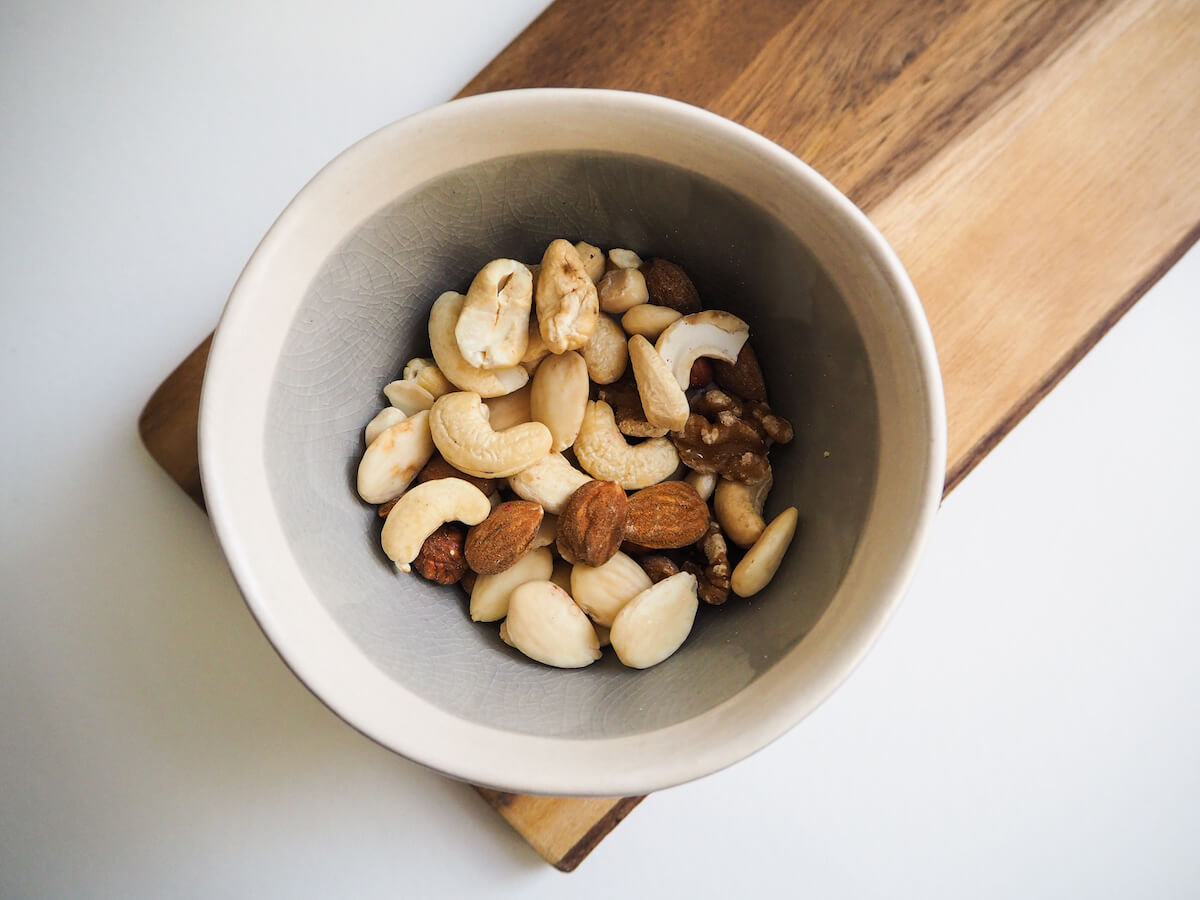

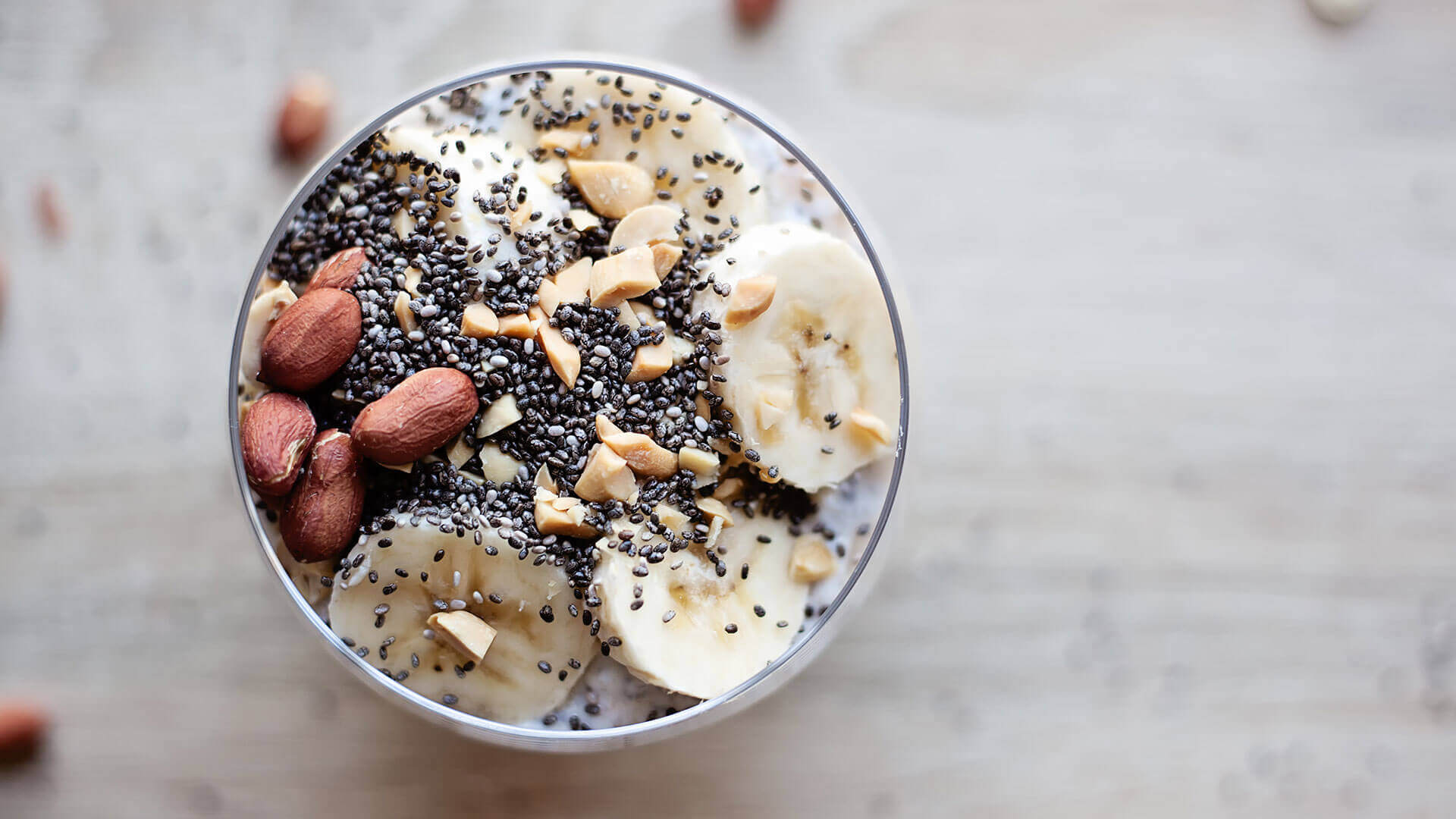

Do you like this post? Share it with friends: